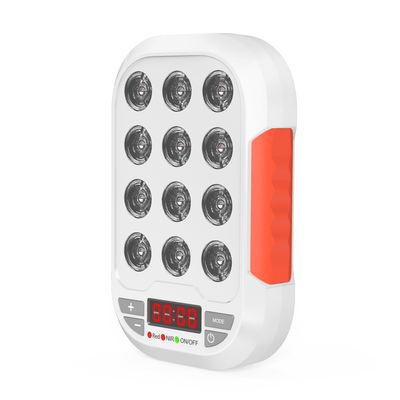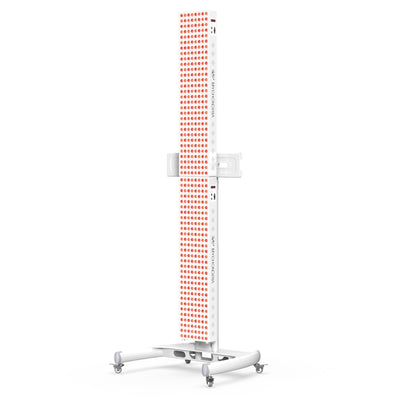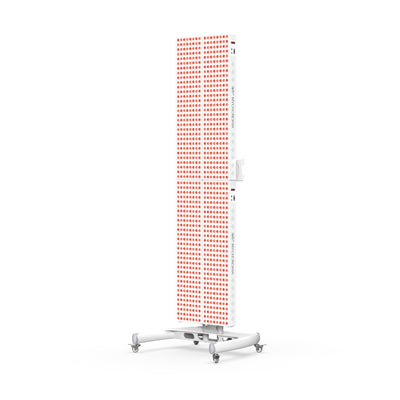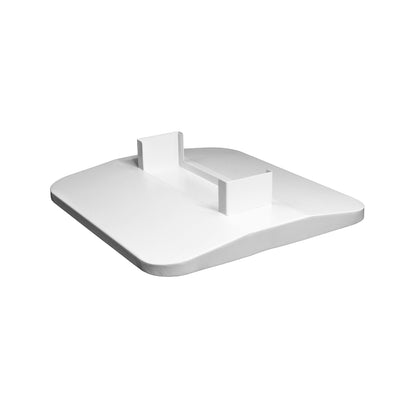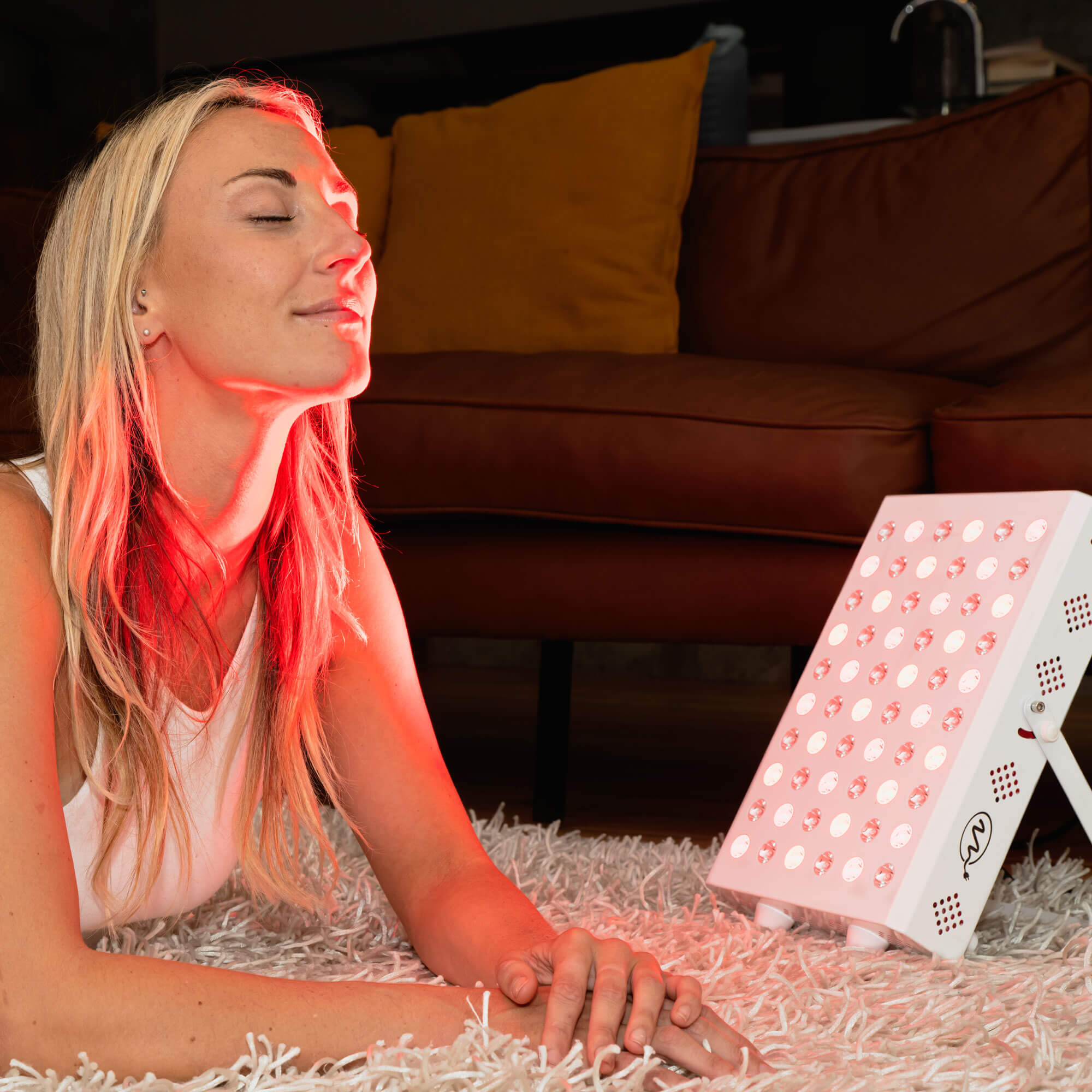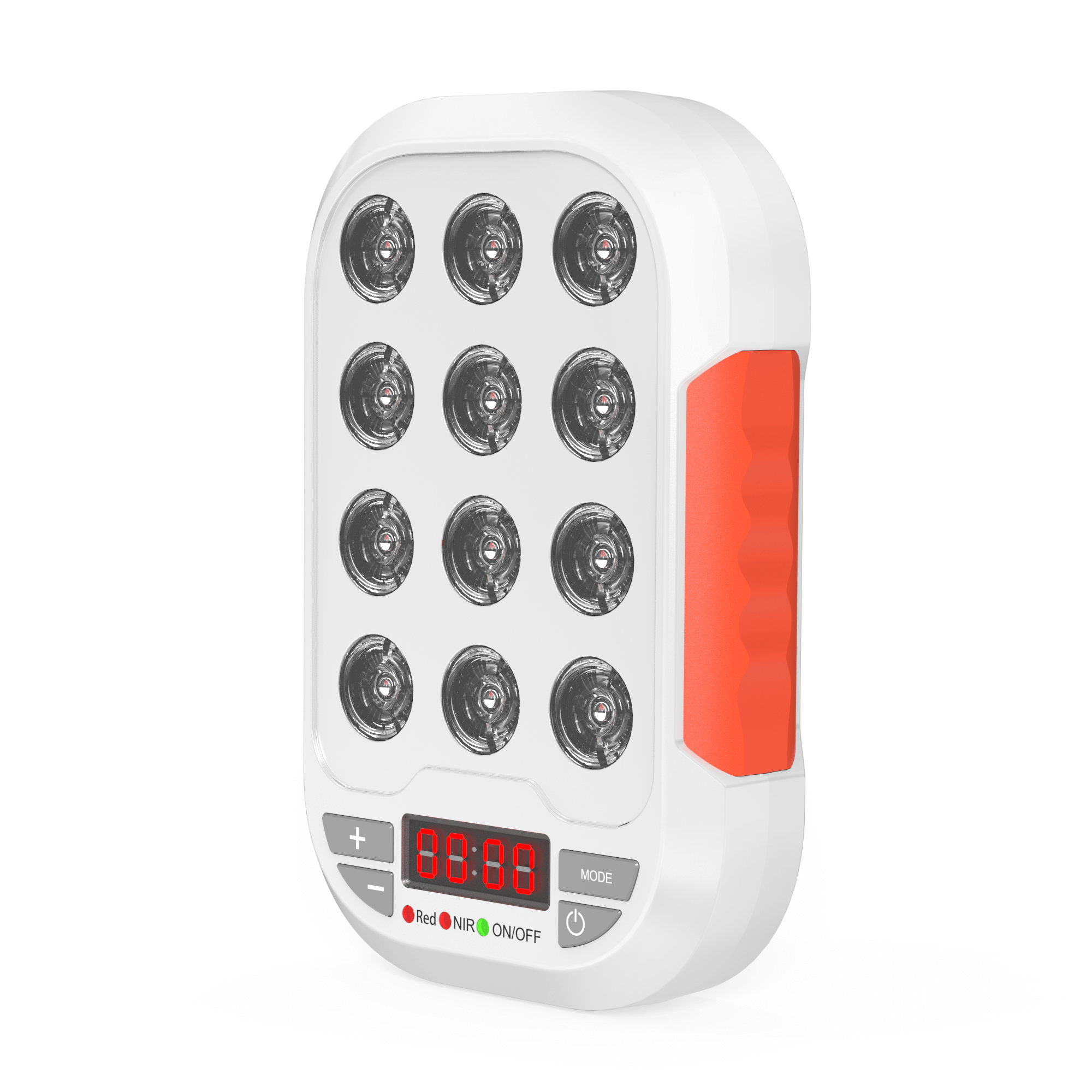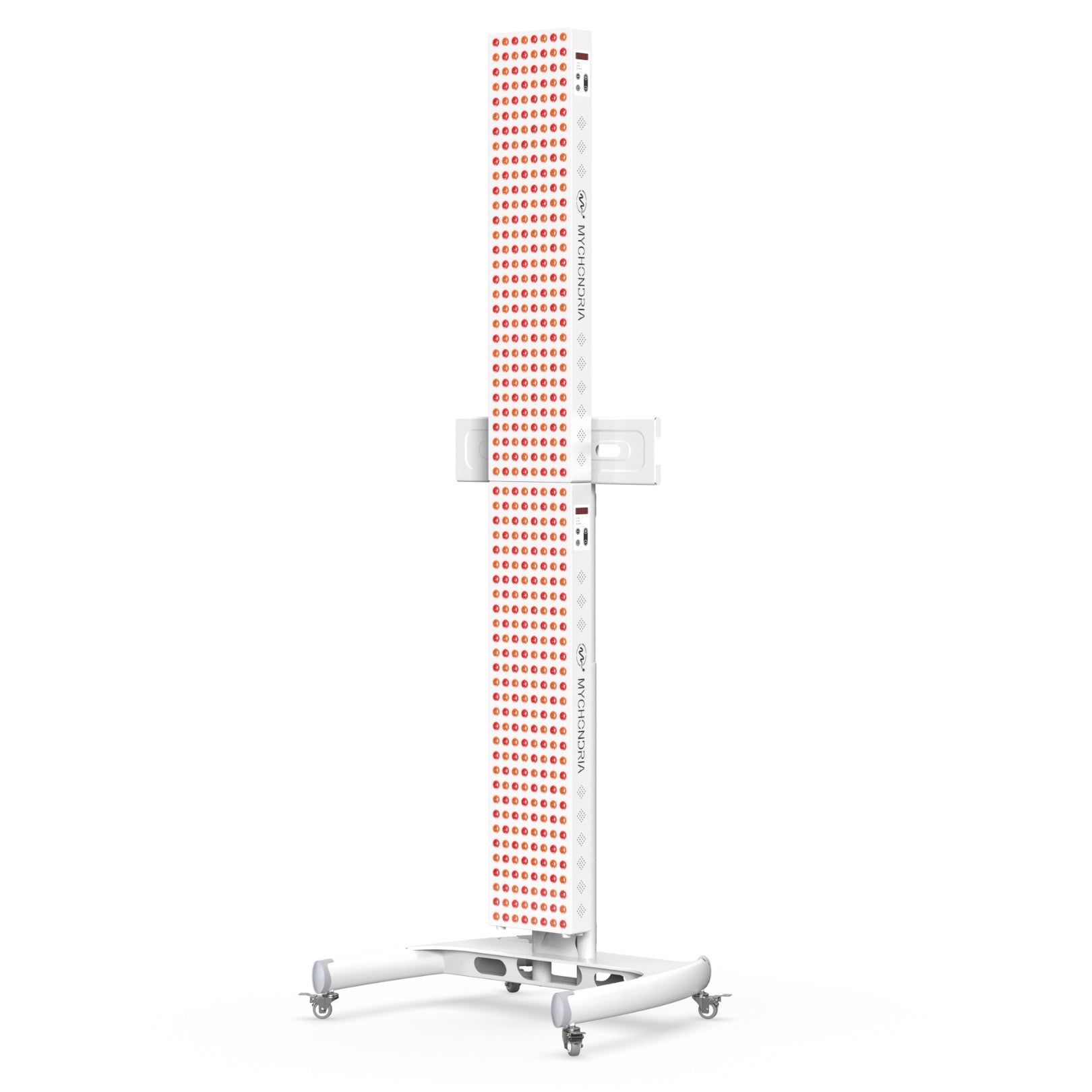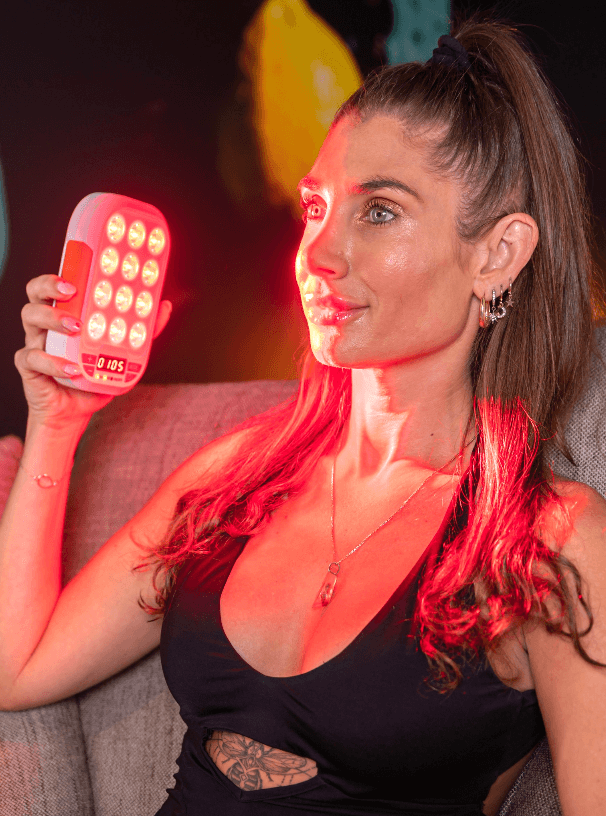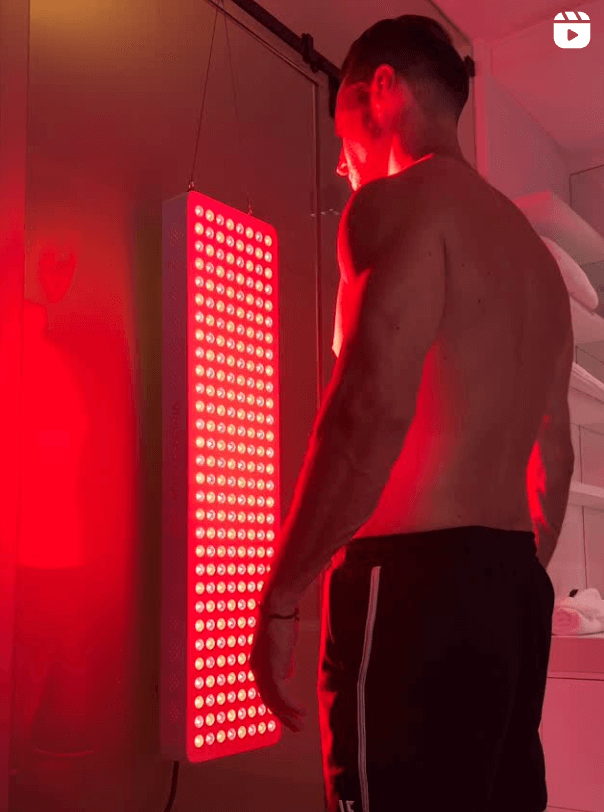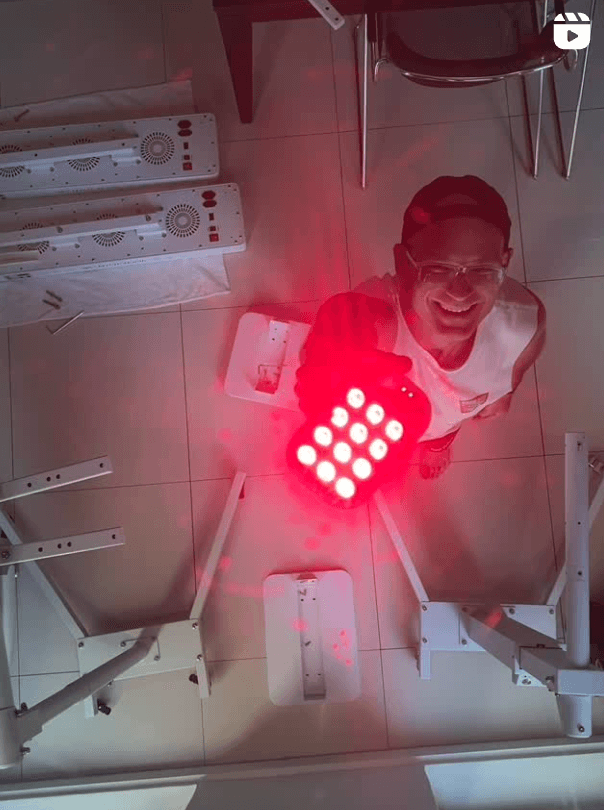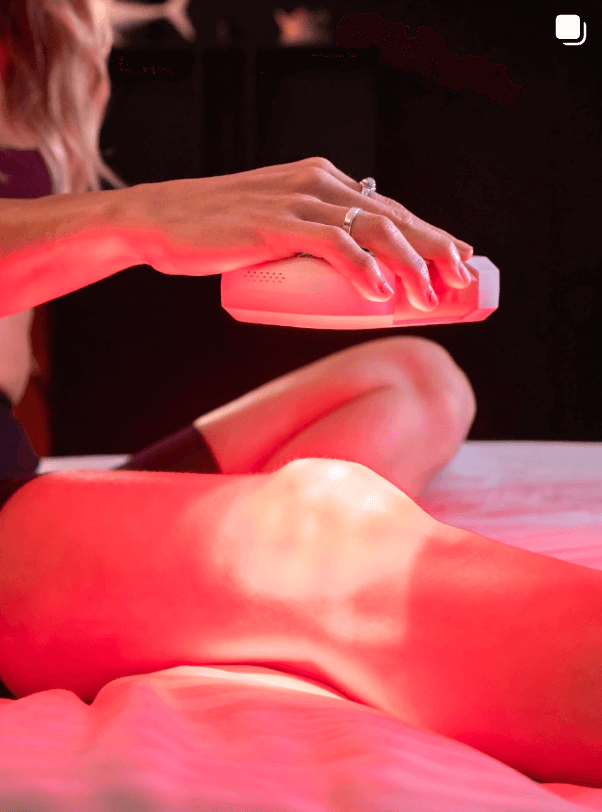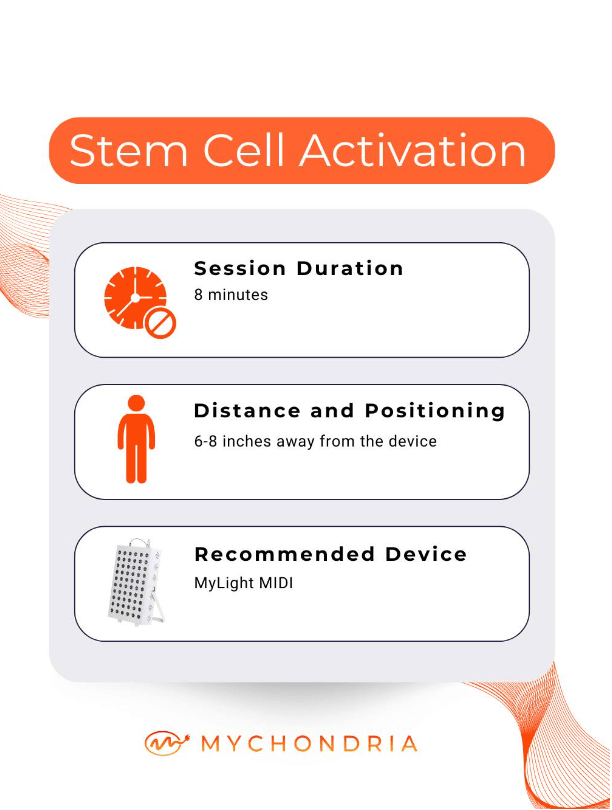How Red Light Therapy Can Improve Your Sleep Naturally
Sleep is essential to your health — but for many people, it’s hard to come by. Whether it’s trouble falling asleep, waking up at night, or never feeling fully rested, the impact of poor sleep adds up quickly.
One promising and natural solution? Red light therapy.
📌 TL;DR:
- Red light therapy boosts melatonin and reduces cortisol — two hormones that control your sleep-wake cycle.
- Using it 1–2 hours before bed can help you fall asleep faster and stay asleep longer.
- Aim for 10-minute sessions on large areas like your chest or back, from 6 inches away.
- Combining red light with good sleep hygiene creates the best results.
🔬 What Is Red Light Therapy?
Red light therapy (also called photobiomodulation) uses wavelengths of red and near-infrared light — usually between 630nm and 850nm — to stimulate your cells and support healing, energy production, and hormone balance.
Unlike harsh blue light or UV rays, red light is gentle and has been studied for benefits in skin health, pain relief, inflammation, and now — sleep quality.

🧠 How It Helps You Sleep
- 1. Boosts Melatonin: Red and near-infrared light can increase your body’s production of melatonin, the hormone that signals your body it’s time for sleep.
- 2. Regulates Circadian Rhythm: It helps anchor your internal clock so your body knows when to wind down each night — even if you’re exposed to screens or artificial light.
- 3. Lowers Cortisol: Red light has been shown to reduce stress and cortisol, helping your nervous system shift into “rest mode.”

🛌 How to Use Red Light Therapy for Sleep
- 1. Best Time: Use it 1–2 hours before bed so your body has time to naturally unwind and prepare for sleep.
- 2. Where to Target: Focus on large surface areas like your chest, back, or legs to stimulate systemic melatonin production.
- 3. Session Duration: 6 minutes per area at a distance of 6 inches is ideal for most users.
- 4. Create a Routine: Consistency is key — nightly use will lead to better, longer-lasting results.
📺 Watch: How Long Does Red Light Therapy Take to Work?
This video breaks down how quickly you can expect results from red light therapy — and what to do if you’re not seeing improvements right away.
💬 Final Thoughts
Red light therapy isn’t a magic sleep switch — but when used correctly, it helps your body do what it was designed to do: rest, recover, and regenerate.
By incorporating short sessions into your evening routine, you give your body a gentle cue that it’s time to wind down — supporting natural melatonin production and reducing stress in the process.
It’s simple. It’s effective. And it’s one of the easiest ways to improve your sleep without pills or side effects.
🔥 Featured Product: MyLight MIDI 2.0

The MyLight MIDI 2.0 delivers clinical-grade wavelengths (630nm, 660nm, and 850nm) with high intensity at treatment distance — perfect for evening sessions that calm your system and support deeper sleep.
Shop Now